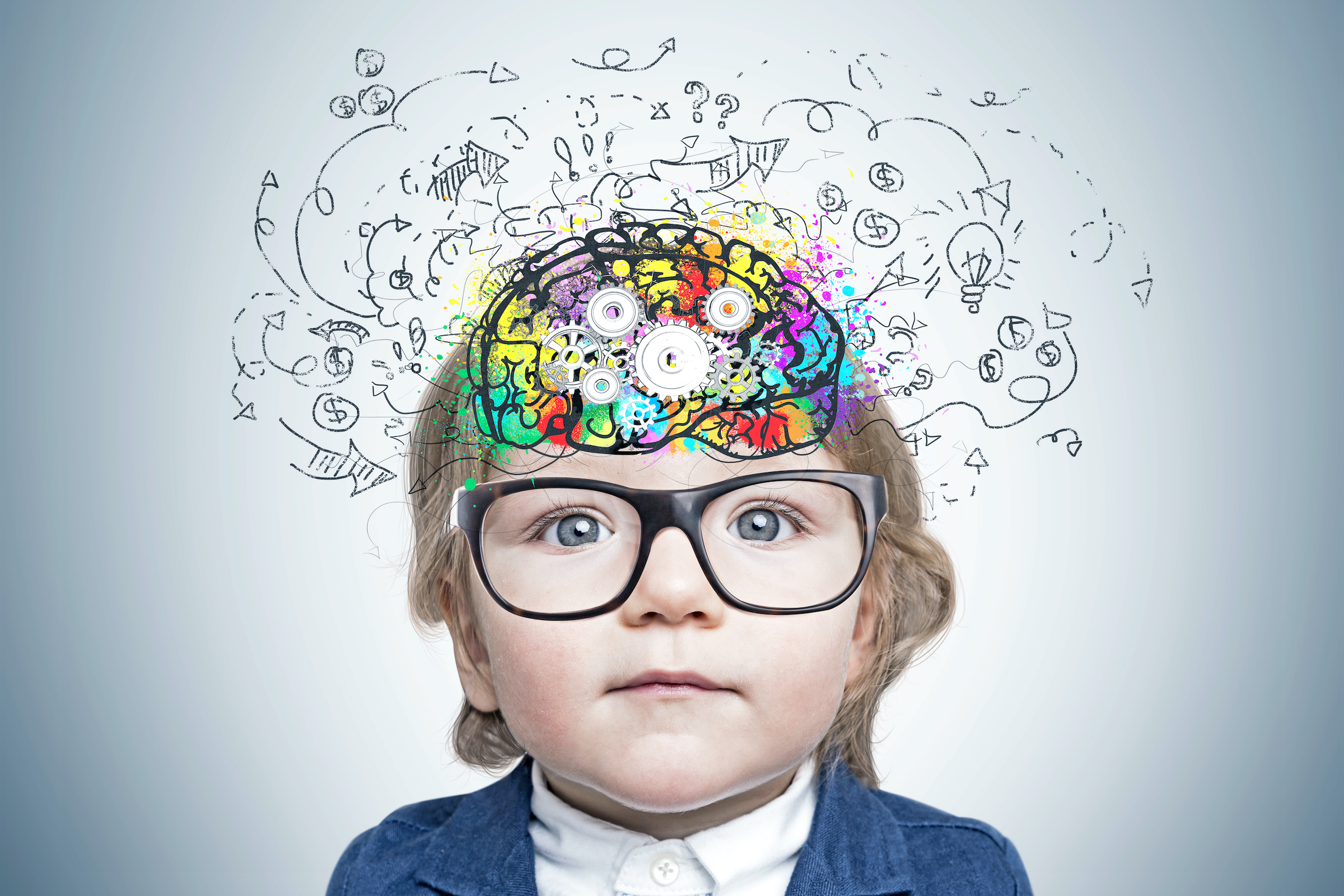Attention Deficit Hyperactivity Disorder (ADHD) is a neurodevelopmental disorder that often presents in childhood and can persist into adolescence and adulthood. It’s one of the most common neurodevelopmental disorders in children, impacting their academic, social, and emotional well-being. Here’s a comprehensive overview of ADHD in children:
- Symptoms in Children:
- Inattention: Children with ADHD may have difficulty sustaining attention, following through on tasks, and organizing activities.
- Hyperactivity: Restlessness, fidgeting, and difficulty engaging in quiet activities are common hyperactive symptoms.
- Impulsivity: Impulsive behaviors, such as interrupting others, making hasty decisions, and difficulty waiting for one’s turn, are often observed.
- Diagnosis in Children:
- Diagnosis typically involves a comprehensive assessment by healthcare professionals, including pediatricians, psychologists, or psychiatrists.
- The Diagnostic and Statistical Manual of Mental Disorders (DSM-5) outlines specific criteria for diagnosing ADHD, considering the presence and severity of symptoms.
- Types of ADHD in Children:
- ADHD can manifest in different ways in children:
- Predominantly Inattentive Presentation: Difficulty sustaining attention, organizing tasks, and often appearing forgetful.
- Predominantly Hyperactive-Impulsive Presentation: Excessive fidgeting, restlessness, and impulsive behaviors.
- Combined Presentation: A combination of inattentive, hyperactive, and impulsive symptoms, which is the most common presentation.
- Impact on Academic Performance:
- ADHD can significantly affect academic achievement due to challenges in focusing on tasks, completing assignments, and staying organized.
- Educational interventions, such as individualized education plans (IEPs) or 504 plans, may be implemented to support academic success.
- Social and Emotional Impact:
- Children with ADHD may struggle with social interactions, leading to difficulties in forming and maintaining friendships.
- Emotional regulation can be a challenge, with heightened emotional responses and difficulty coping with frustration or disappointment.
- Comorbidity with Other Conditions:
- ADHD often coexists with other conditions such as learning disabilities, anxiety, and oppositional defiant disorder.
- Identifying and addressing these comorbidities is crucial for providing comprehensive care.
- Treatment Approaches:
- Behavioral Therapy: Behavioral interventions, including parent training and social skills training, are often used to address specific challenges associated with ADHD.
- Educational Support: Collaborating with teachers and implementing classroom accommodations can help create a more supportive learning environment.
- Medication: Stimulant medications, such as methylphenidate or amphetamine-based drugs, are commonly prescribed to manage symptoms. Non-stimulant medications may also be considered.
- Parental Involvement:
- Parental involvement is key in managing ADHD in children. Parent training programs can help parents develop strategies to support their child’s behavior and academic success.
- Long-Term Outlook:
- While symptoms of ADHD may change over time, the disorder can persist into adolescence and adulthood.
- Early intervention and consistent management strategies can contribute to improved outcomes in the long term.
Understanding and addressing ADHD in children requires a collaborative effort involving parents, educators, and healthcare professionals. Tailoring interventions to the specific needs of each child is essential for promoting academic, social, and emotional well-being.

